Chameleons of the Sea
A priceless underwater eco-revolution is underway at Point Lowly, South Australia, with population numbers of Giant Australian Cuttlefish on the rise.
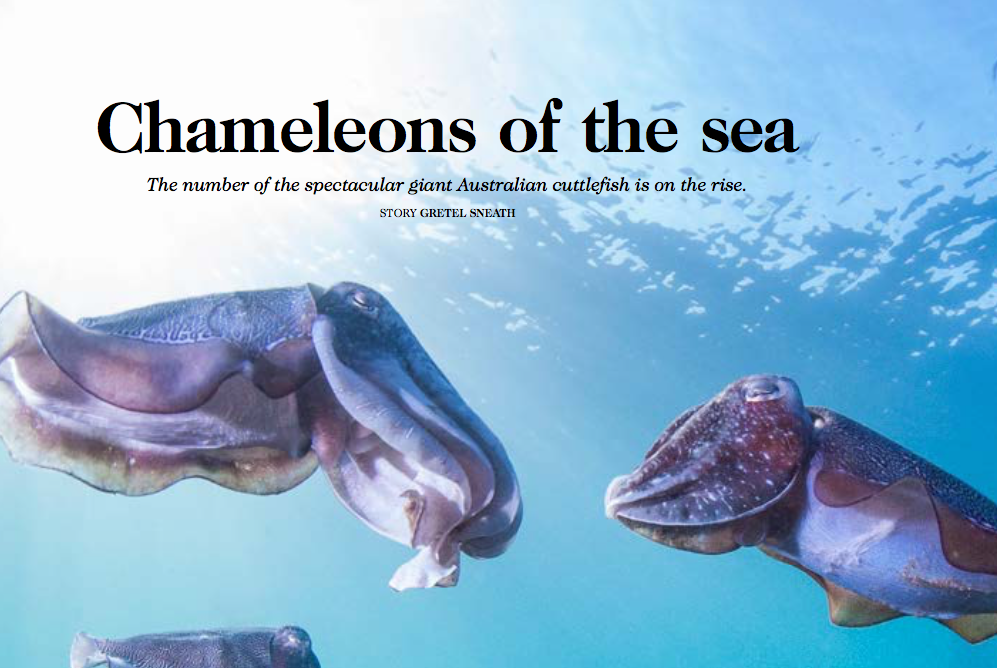
Growing numbers of divers and snorkelers are heading west to witness nature’s wonder. Local diver, Tony Bramley, calls Sepia apama ‘chameleons of the sea’ due to their fascinating ability to change colour and texture according to their surrounds. He says to add it to your bucket list:
“Anyone can do it; you just walk into the water up to your neck, put a mask on your face and lean forward. There it is – one of the most amazing marine spectacles on the planet right at your feet.”
My article appears in RM Williams Outback Magazine’s Feb-Mar 2019 issue.
20 Years of Outback Magazine
It’s been 20 years of telling stories of the bush for Outback Magazine. How lucky am I to have been on board for the past six! #dreamjob. It was such a privilege to be invited to share what it means to be a contributor:
“Absolutely nothing beats an email from the Outback editorial team asking me if I’m up for a road trip. Any time! I’ve been to so many places I may not otherwise have ventured, sharing stories, tears, celebrations, secrets, campfires and meals with the most genuine people. Good people. And oh the laughs! (Especially when photographer Robert Lang is within cooee.)
Interviews turn into unbreakable bonds, with promises of return visits. On Wilpoorinna Station, in outback South Australia, Lyn Litchfield’s baked chops are well worth the 13-hour drive from my farm on the Limestone Coast. And I’m still in awe of the Anzac Day dawn service on the Birdsville Track’s Cowarie Station. I’ll be back, Oldfields!
I’ve slept in dongas, shearers’ quarters and swags under the stars, and will be forever grateful to the shift manager of the Prairie Hotel at Parachilna who took one look at me after a dusty assignment and offered me substantial room upgrade – add it to your bucket list! The one constant that I’ve encountered in my extraordinary role as an Outback contributor is the universal high regard for the magazine. It’s trusted, honest and frank – far from pretentious – but it’s also filled with optimism and friendship. Such wonderful qualities in anyone’s book.”
Australia in Style
Very, VERY excited to receive a copy of this incredible book produced by RM Williams Publishing in conjunction with The Tailor – Australia’s premier luxury travel specialist. 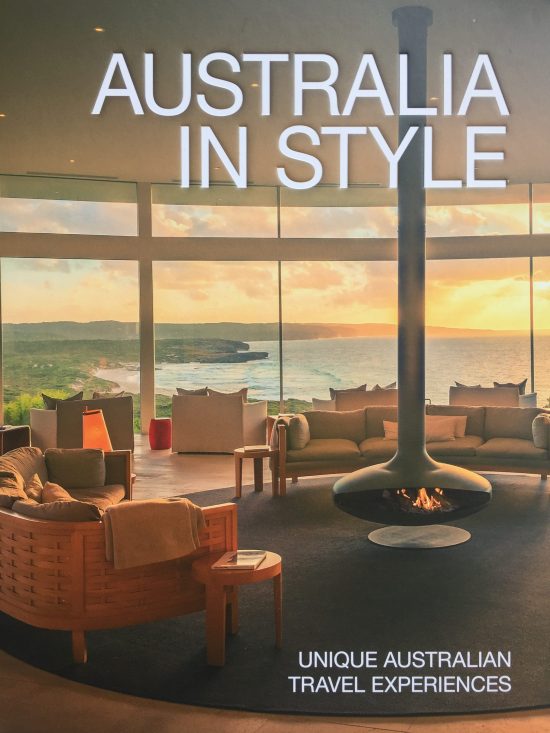
I wrote two of the articles, and one of them involved a trip to Port Lincoln…immersing myself in the experiences on offer when you book a tour through Goin Off Safaris. Here’s some highlights:
Border Inn Hotel’s Rebirth – Outback Magazine
The ‘closed’ sign had been on the door of Apsley’s historic Border Inn Hotel for more than two years when a group of locals figured it must be their shout. While the small farming community in Victoria’s far west had adjusted to the loss of its general store and fuel station, the pub was a different story; the town was missing its social hub.
Just over a year ago, a 23-strong syndicate of locals brought the 165-year-old business back to life.
“We didn’t know each other particularly well, and when you first get a group of people together, it takes a while to find where you belong, but we soon worked it out because it never would have got up and running unless everyone rolled up their sleeves and got into it,” says cattleman-cum-publican Noel Ogilvie.
“People ask how we make it work, but we have made an effort to make it work because we are passionate about it,” says fellow farmer-shareholder Simon Robinson.

What does it take to get a beer in Apsley? Twelve farming families, a retired stockbroker and a ‘sold’ sticker.
My story on this community-minded mob appears in the October/November 2015 edition of Outback Magazine. Amazing cover!!
Flinders Merino – Outback Magazine
There are few similarities between outback South Australia and Hong Kong, but a group of wool growers have found a common thread by sharing the journey from the sheep’s back…
To the clothes rack.
During a field trip to Hong Kong, the Flinders Merino group was astounded to discover that the final year fashion design students at the Polytechnic University’s Institute of Textiles and Clothing didn’t use wool in any of their garments, so they offered to sponsor one of their annual fashion shows in the hope of encouraging such an influential market to take on their product. The ‘Flinders Merino Australian Tour Scholarship Award’ gives winning design students an opportunity to travel from Hong Kong to the Flinders Ranges to experience the life of a wool grower in a journey beyond the bale.
“When we were over there, we recognised that one way we could make wool very desirable to use in fashion design was to tell the story of where it’s from, and by bringing them here, we can give them the whole story – the family, the sheep, big skies, big pastures – it’s a good story to tell.” – Julia Clarke, Pamatta Station.
It’s a Crocodile Dundee-type tale triggered by drought; transport a group of city slickers to the bush, and watch them fall in love with the landscape by spinning the ultimate yarn.
My story on this unique ‘student exchange’ appears in the June/July 2015 issue of Outback magazine.
“And what always amazes me is that they are so overawed by it all; they all love a lamb, but it’s also the first time many of them have been in a rural area and we will often find them sitting close together – they’re so used to being in a city environment, and it takes a long time for them to understand that sense of space that Australia offers.” – Julia Clarke
James Nagorcka profile in Outback Magazine
Outback Magazine is celebrating its 100th issue!
Long-time contributor John Dunn sums up the essence of this hugely popular publication in UP CLOSE:
“It’s been the aim of its writers to answer the call by noted historian C.E.W. Bean, who long ago lamented: ‘The truth is that there exists inside coastal Australia a second Australia of which most people know very little’. If Bean were alive today and able to read the 100 issues of Outback, we hope he’d think we were filling that gap.” – John Dunn
I am so privileged to also write for this magazine. It has given me an opportunity to meet and be inspired by some truly amazing people, like James Nagorcka (also profiled in this edition). After building his own tractor on his property just outside of Hamilton, Victoria, this unassuming Aussie farmer won contracts with US giant John Deere. “We’re as far removed from over there as you can imagine, but it certainly got them a machine much quicker than if they were developing it and building it themselves,” he said. Well worth a read!
Lucindale – The little town that could…and did.
I am forever intrigued by country towns – how they came to be, and how they manage to survive. Lucindale, in South Australia’s Limestone Coast, is the ultimate rural role model of sustainability. I shared the story of this little town that could (and did) in the February/March 2015 edition of Outback Magazine.
“Small town, big vision” is its motto, and you would expect nothing less of a place which welcomes 22,000 visitors to its annual South East Field Days (the usual population is 400).
The town also has a host of sporting clubs – including a triathlon club and a karting club – a country club, caravan rallies, camp drafts, music festivals and the unique exhibition Art in the Sticks, hosted by local farmer-artist Hamish Macdonald. He sums up Lucindale well: “Most little towns are dying, but our town has stayed alive because the town has decided it wants to exist.”
Living off the Land – Outback Magazine
While farming has never been so innovative, the same can be said for the current crop of sons and daughters coming off the land. Income diversity is the goal, and in the latest edition of Outback magazine, I shared the story of four inspiring people who have used their properties as a launchpad for exciting off-farm careers.
Victoria’s Geordie Simson is surely living the dream; in addition to running sheep and cattle at his Casterton property, he flies helicopters. The company he works for has contracts to spray pine forests, spread superphosphate, and cull feral animals in the Simpson Desert, the Coorong and the Nullarbor Plain.
Other weeks, he could be conducting mining surveys or tagging sea lions in the Nuyts Archipelago.
“It’s the best paddock on the farm, the old flying,” he grins. “I still love the land, but I didn’t just want to be a farmer and have to rely on that income – I wanted to be able to achieve something else and have a fantastic time doing it.”
Chef Profile: Kirby Shearing
I have interviewed prominent Limestone Coast chef Kirby Shearing several times in recent months.
Kirby’s hunter-gatherer food philosophy is shaped by regionality and seasonality, and in a recent story I wrote for Outback magazine, he shares the thrill of the hunt; landing in fungi heaven after venturing deep into the woods:
“I was almost ready to give up after searching for about 45 minutes, but I turned a corner and came across the thickest mat of pine mushrooms, parasols and slippery jacks,” he says. “It’s true organic produce; wild mushrooms that have just popped out of the earth – there’s no one planting them, no one spraying – they have just grown at the perfect time in the right place.”
Here’s one of Kirby’s dishes: Native spiced kangaroo, coastal herbs and organic chickpea puree – delish! The recipe is in the October – November issue of Outback Magazine.
What lies beneath – Kilsby’s Hole, SA
I recently discovered the secret to the success of a South Australian sheep property, and it was locked in a vast underground chamber…
Kilsby’s Hole lies beneath the pastures of Bringewood in SA’s Limestone Coast, and in addition to being a priceless water source for owner Graham Kilsby’s successful prime-lamb operation, it’s rated among the world’s best cave diving sites due to its exceptional water clarity.
My article on Kilsby’s Hole appeared in the Aug / Sep 2014 issue of Outback magazine, and I’ve added a link to my Portfolio.
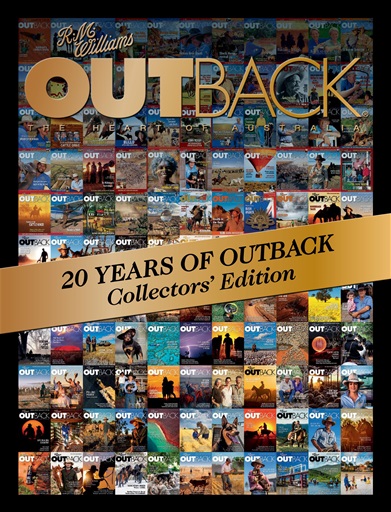

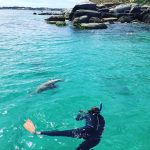
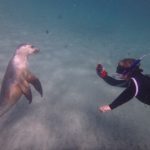

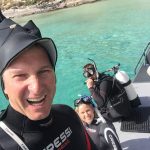
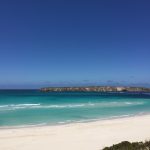
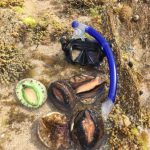
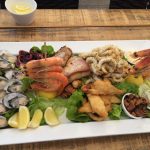
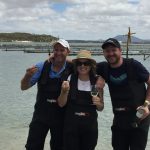
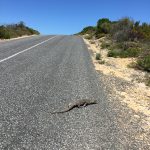
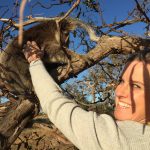
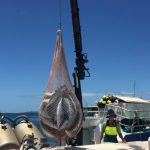

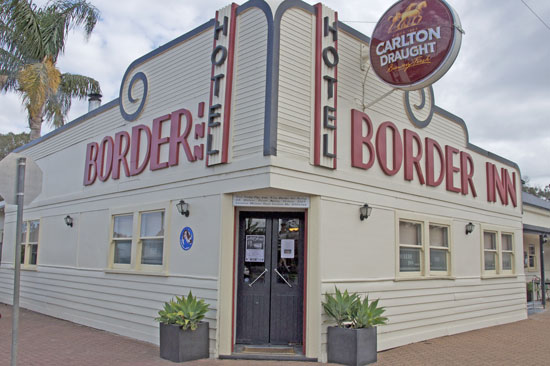
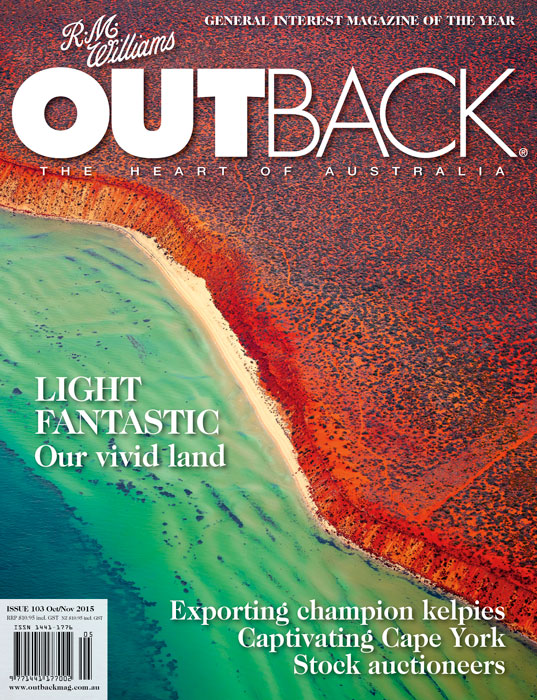






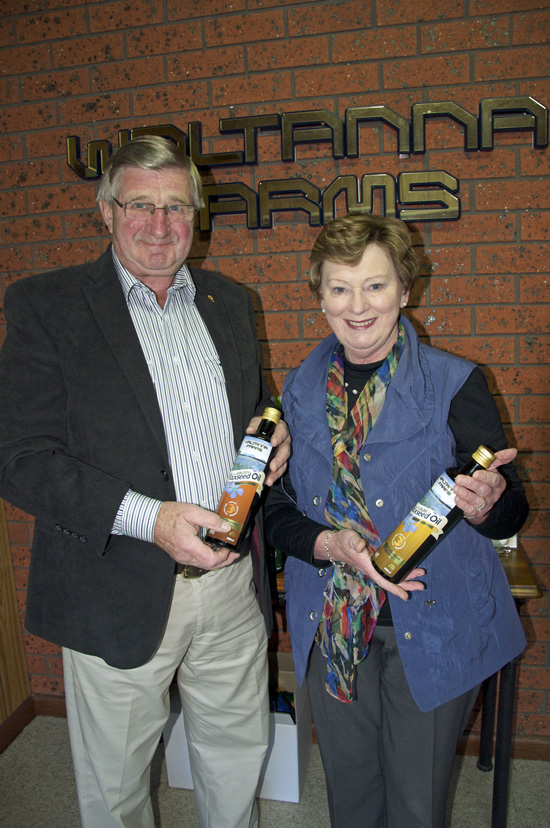
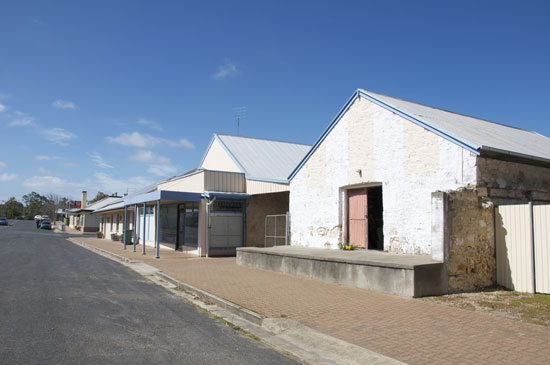
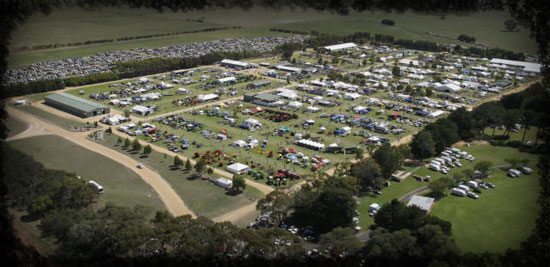

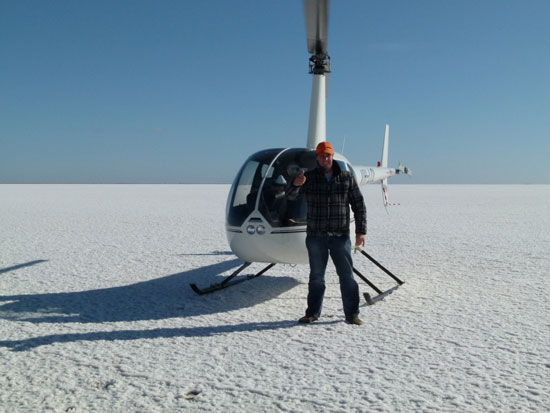
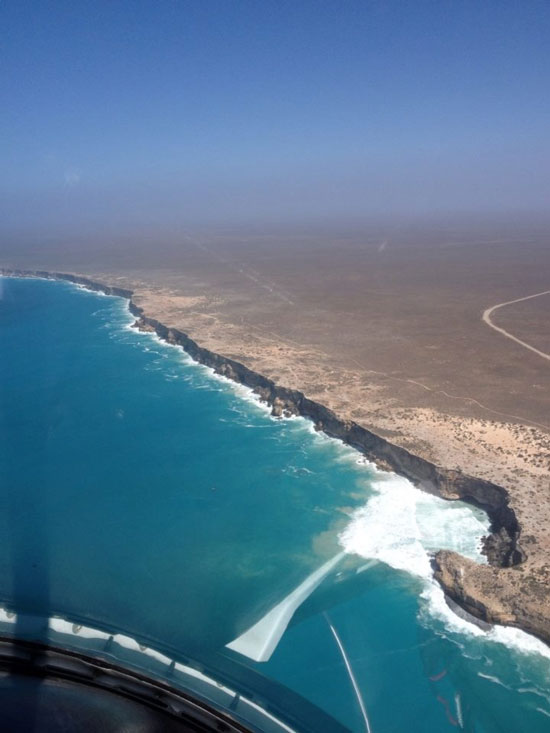
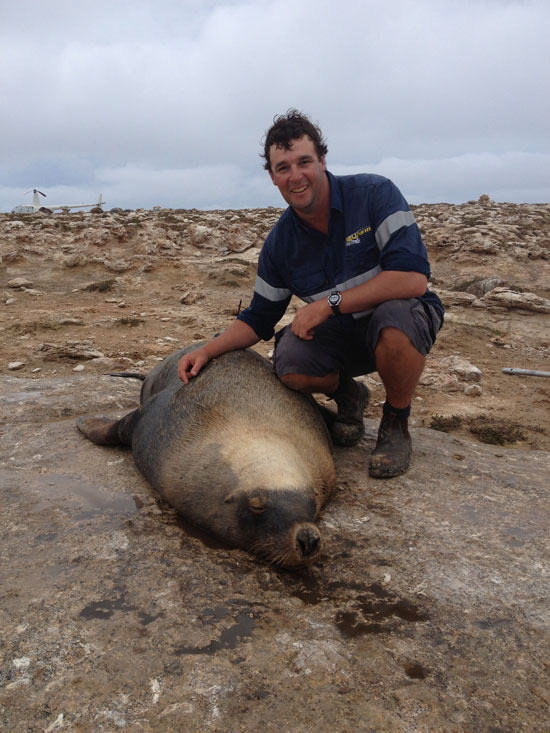
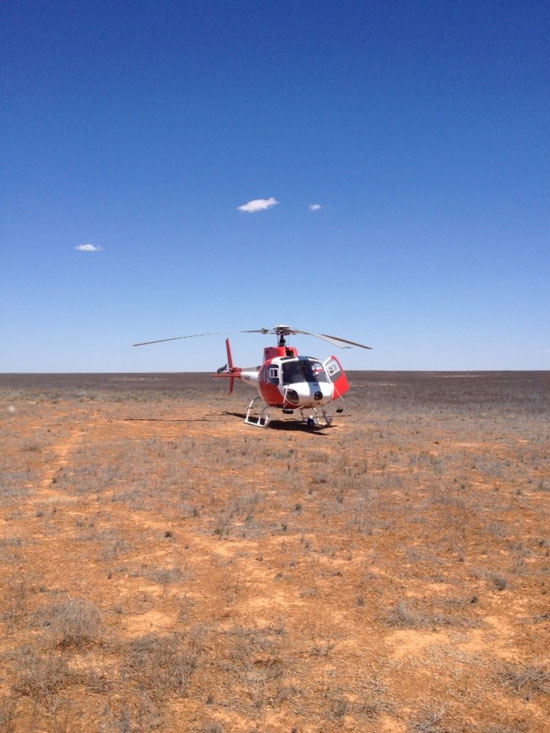
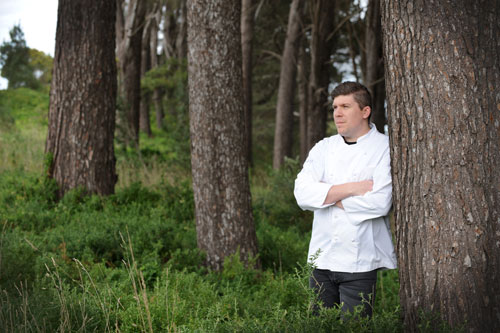
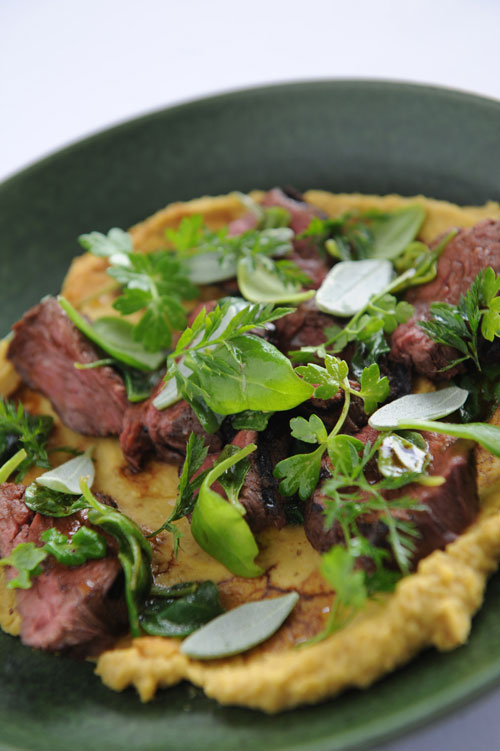
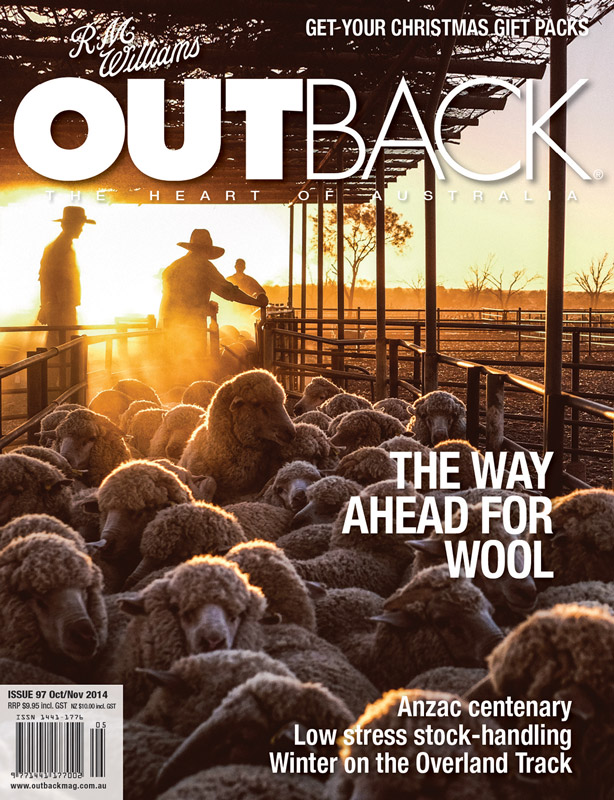
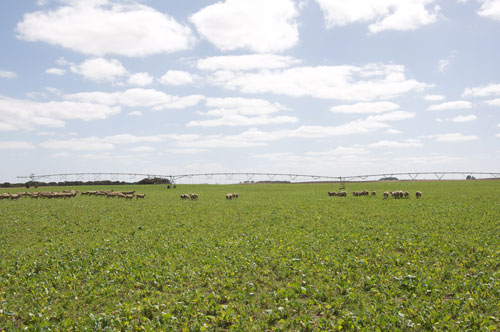

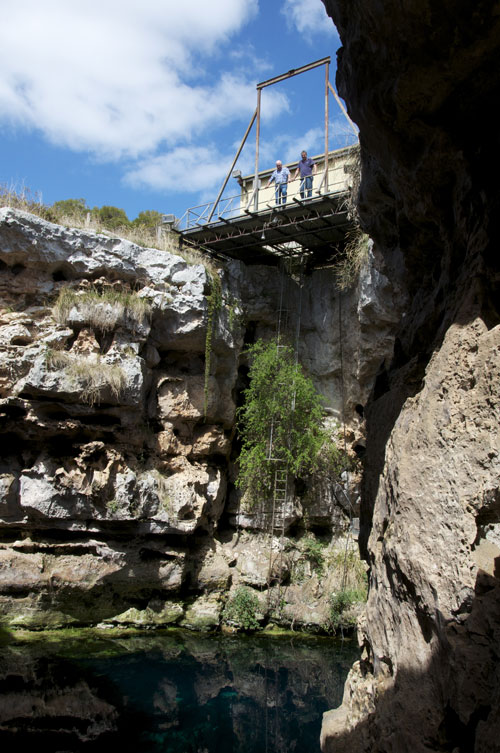
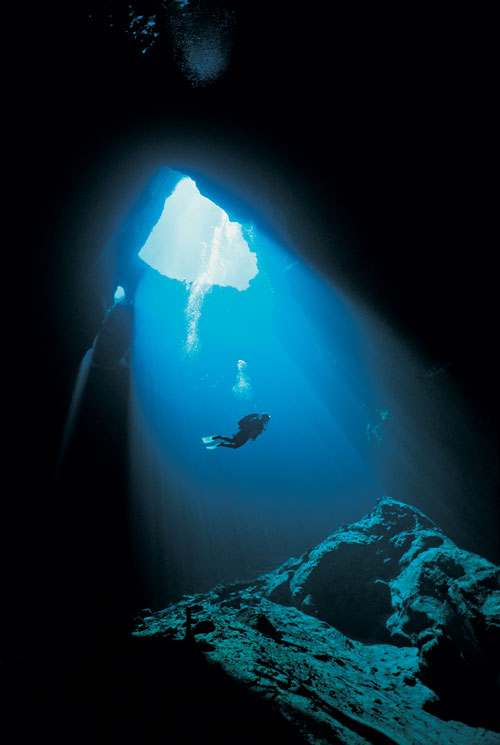
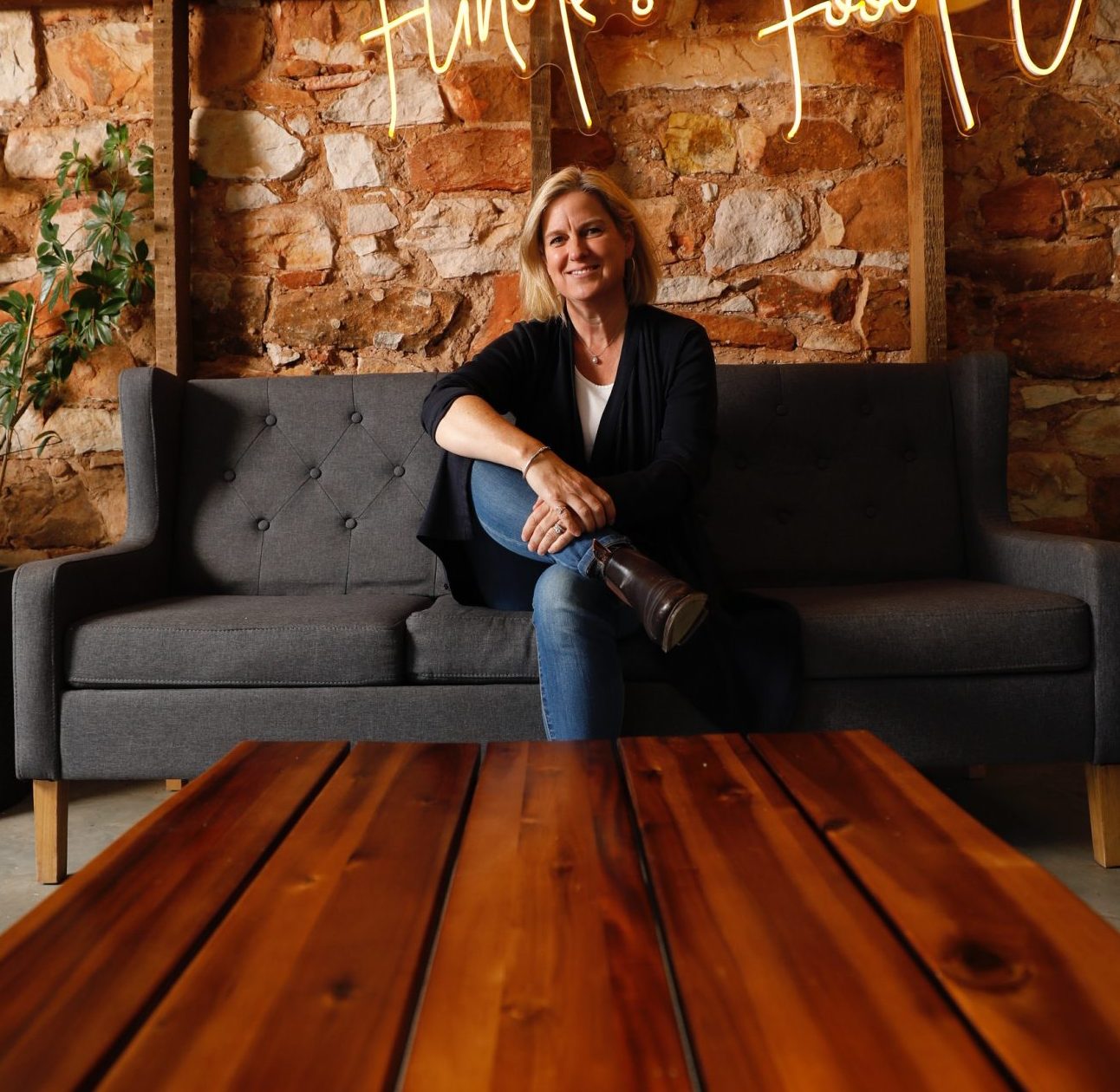 I’m Gretel Sneath, accomplished freelance writer & storyteller. When I'm not on the road, you'll find me on South Australia's Limestone Coast.
I’m Gretel Sneath, accomplished freelance writer & storyteller. When I'm not on the road, you'll find me on South Australia's Limestone Coast.